
The ambiance that a fireplace can bring to a home is pretty much unbeatable, and if you are lucky enough to have a stone fireplace, then I say that you are lucky enough. But sometimes the beautiful stone fireplaces don’t match our decor, and if there is one thing I know about decorating and DIY projects, it’s that almost everything can be transformed with paint.
- Keep reading: How to paint furniture
So many times, people think that they are stuck with the look of a home because they don’t realize that it can be changed (or how easily it can be changed). Paint truly has magical powers, and from transforming furniture to brightening a room, there is almost nothing that can’t be brought back to life with a can of paint (including an outdated fireplace).
Stone is no exception to this rule, and I’m here to explain how to whitewash a fireplace with a little paint and a little water, so you can completely give an outdated stone fireplace a modern update. You may be familiar with the term whitewash from old stories about kids painting fences, but it is certainly still alive and well.
If you aren’t in fact familiar, whitewash is nothing more than a mixture of water and paint. In many cases, whitewash is a nice alternative to paint, because it will give a more muted, transparent look. It is often used to transform stone, and different ratios of paint and water will give different looks. The application process is incredibly easy, and a whitewashed fireplace can easily be achieved in a weekend, or even in a day.
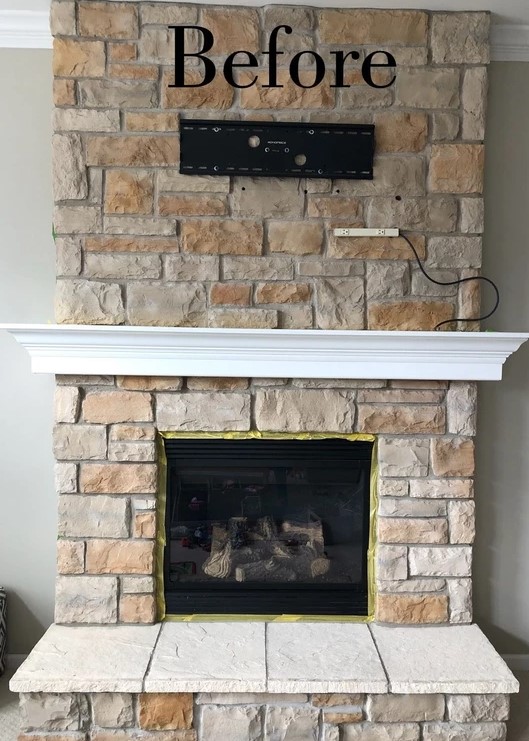
The fireplace before
I used whitewash to transform our fireplace a few years ago, and the finished product held up incredibly well. I wanted a lighter look to our stone, as ours was made up of brown and orange hues. Sure, I could have completely replaced the stone, but the price tag and the work load of that project wasn’t something that I was interested in. So, I turned to DIY and decided to change the existing stone with whitewash.
- Keep reading: 8 fireplace ideas to give your home all the cozy vibes
How to whitewash a fireplace: What you'll need
There aren't many materials you'll need to gather to whitewash a fireplace. In fact, you may already have them all on hand!
- White paint (wall, ceiling, or exterior paint will all work)
- Water
- A paint stirring stick, old knife, or something to stir your white wash solution with
- A paint brush
- A towel
- A drop cloth
How to whitewash a fireplace: Step-by-step

The fireplace after whitewashing it
Step 1: Prep your work area
For me, this basically meant setting out a drop cloth beneath the fireplace to catch any paint drips. This is a good ideas because your white wash will be runnier than typical paint.
If your fireplace looks dusty or dirty, you can also go over it lightly with a dry, clean paintbrush to get off any debris or dust, but no need to go crazy.
Step 2: Mix your paint
As I mentioned, whitewash is a mixture of paint and water, and in my particular case, I decided to mix equal parts water with paint. I wanted to keep the process as inexpensive as possible, so I used whatever paint I had on hand. It happened to be a plain white ceiling paint, and it worked out well.
The mixing process is as easy as pouring equal parts of the paint and water into a larger bucket and stirring until well combined.
Step 3: Apply whitewash to stone
Next, I applied the whitewash mixture to the stone with a paint brush, dabbing and brushing it on to the stone until I had achieved a color that I liked. I then took an old towel and wiped a bit off the stone here and there to give the stone some dimension.
I continued this process until my stone was covered, and when the first coat was dry, I applied another. The stone is porous and will soak up the paint, so a couple of coats might be necessary.
If you want to give your stone more dimension, you can also add a little bit of grey paint to your whitewash, and dab it in spots that you want to look more recessed.
Honestly, that's it!
The nice thing about this process is that there really isn’t a right way to do it. This application process is dependent upon how you want your own fireplace to look. If you want a subtle look, then apply lightly, and if you want a more opaque look, then I recommend applying a few coats and using a thicker whitewash (i.e. adding less water to the paint). Additionally, if the look you are going for isn’t white, you can also whitewash with other neutral colors, such as grey or beige.
In my case, the finished product was a beautiful, bright fireplace that made a statement in our room in all the right ways and fit in well with our decor. And as always, the best part about paint is that if you change your mind later, you can always paint over it. I call that a whitewash win!
Join our newsletter
Get small space home decor ideas, celeb inspiration, DIY tips and more, straight to your inbox!
-
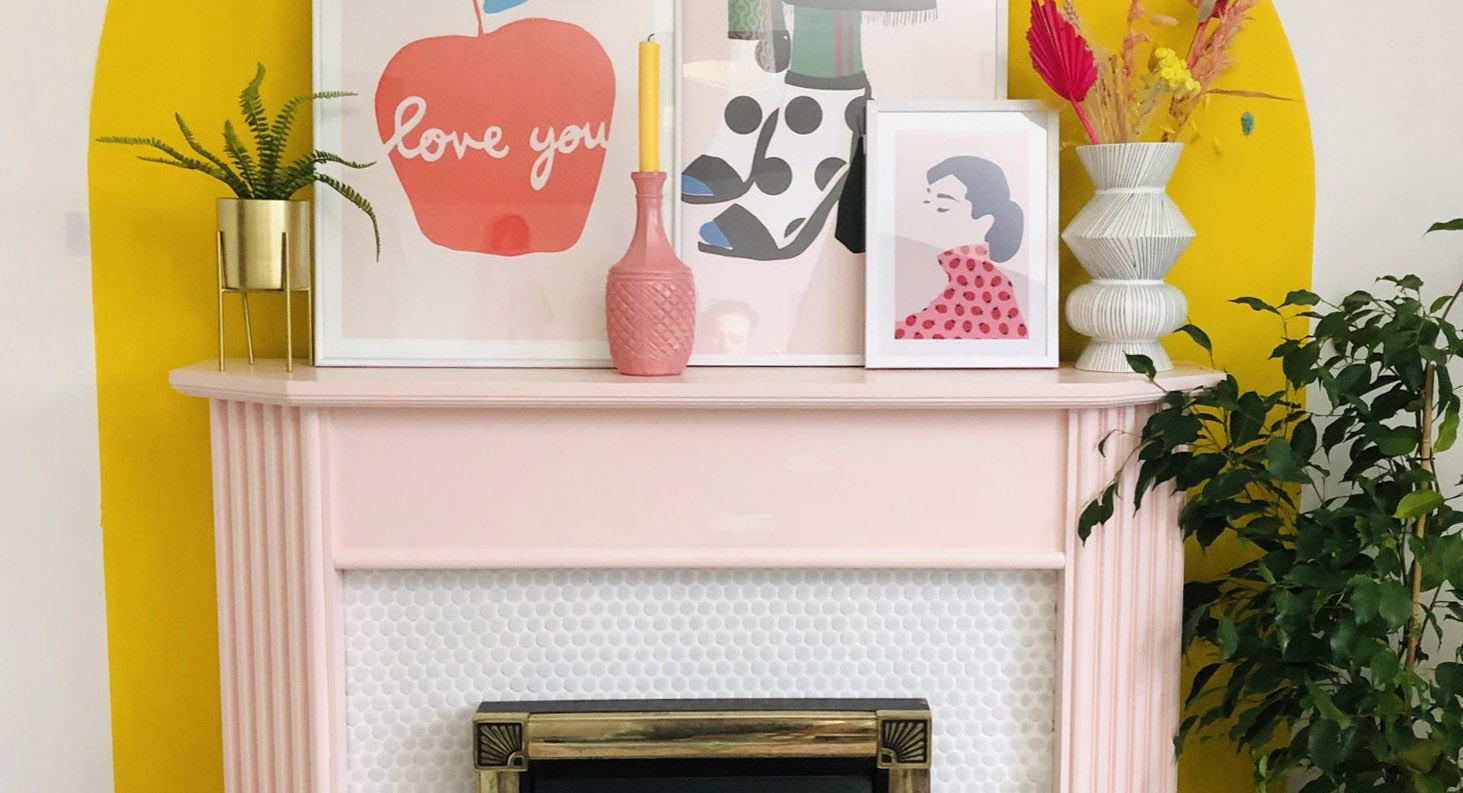 DIY fireplaces – 8 easy ideas to give your fireplace a statement upgrade
DIY fireplaces – 8 easy ideas to give your fireplace a statement upgradeThese DIY fireplace ideas will transform your fireplace into a fun and stylish centerpiece at very little cost
By Amelia Smith
-
 How to reupholster a couch in 6 easy steps
How to reupholster a couch in 6 easy stepsNeed to know how to reupholster a couch? If you have an old couch that's in need of a revive, reupholstering is easier than you think.
By Dori Turner
-
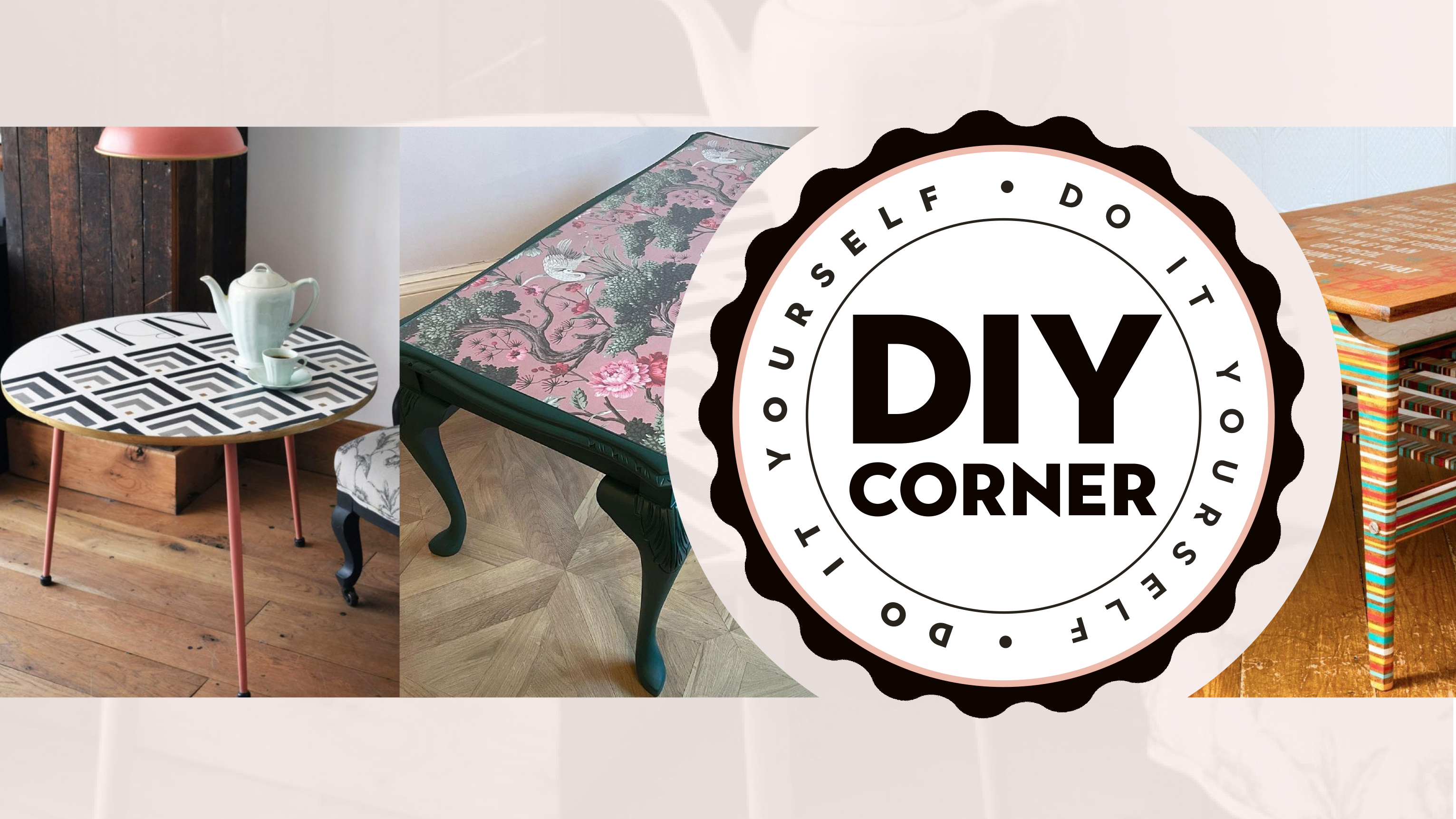 How to upcycle a coffee table – 11 ways to flip old furniture
How to upcycle a coffee table – 11 ways to flip old furnitureKnowing how to upcycle a coffee table is a valuable skill that'll save you money and give you the opportunity to create something unique.
By Christina Chrysostomou
-
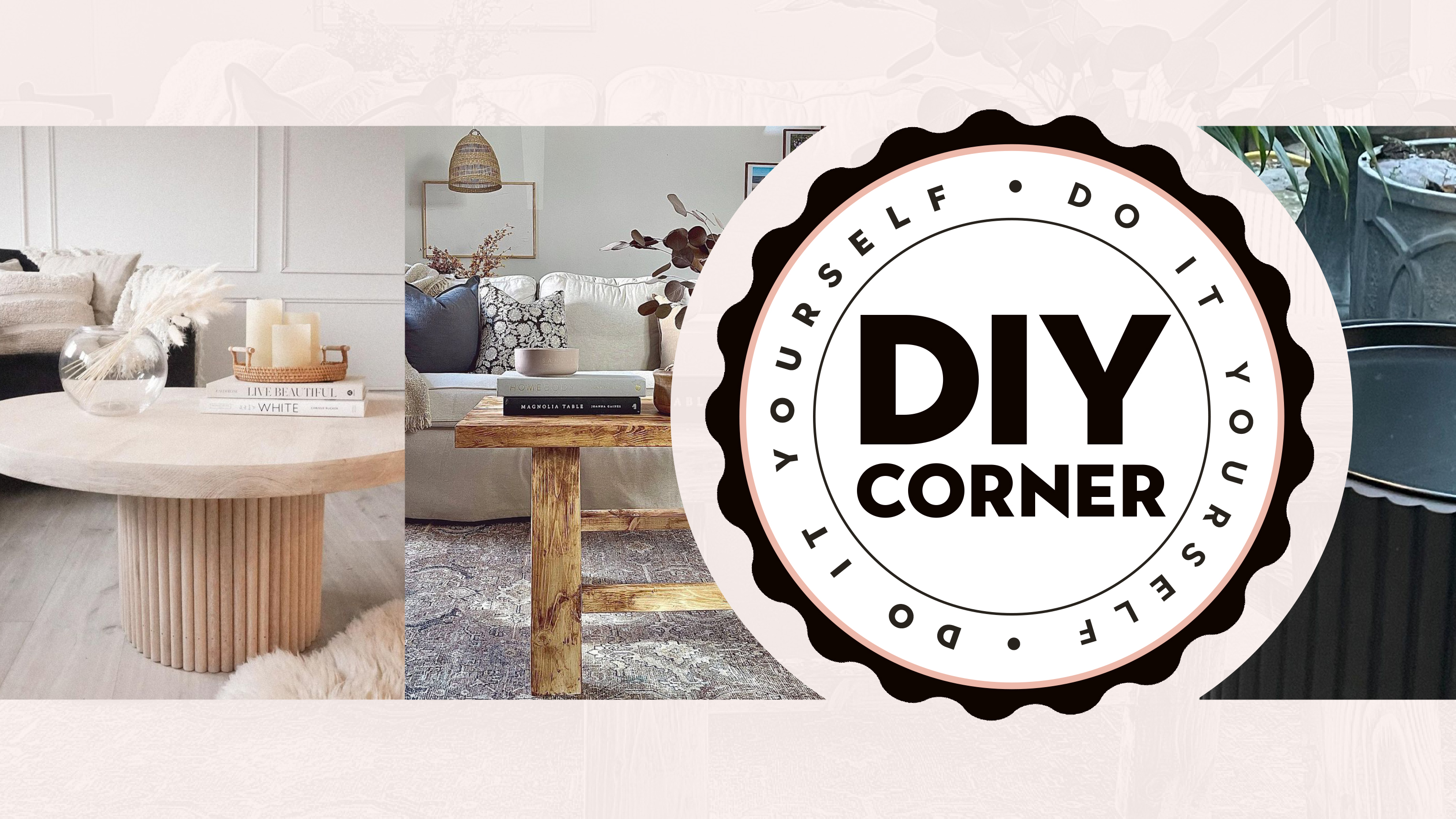 DIY coffee table ideas – 11 designer dupes and inspiring styles to try
DIY coffee table ideas – 11 designer dupes and inspiring styles to tryDiscover these DIY coffee table ideas that can be created on a budget. Copy an expensive design or upcycle an existing piece.
By Christina Chrysostomou
-
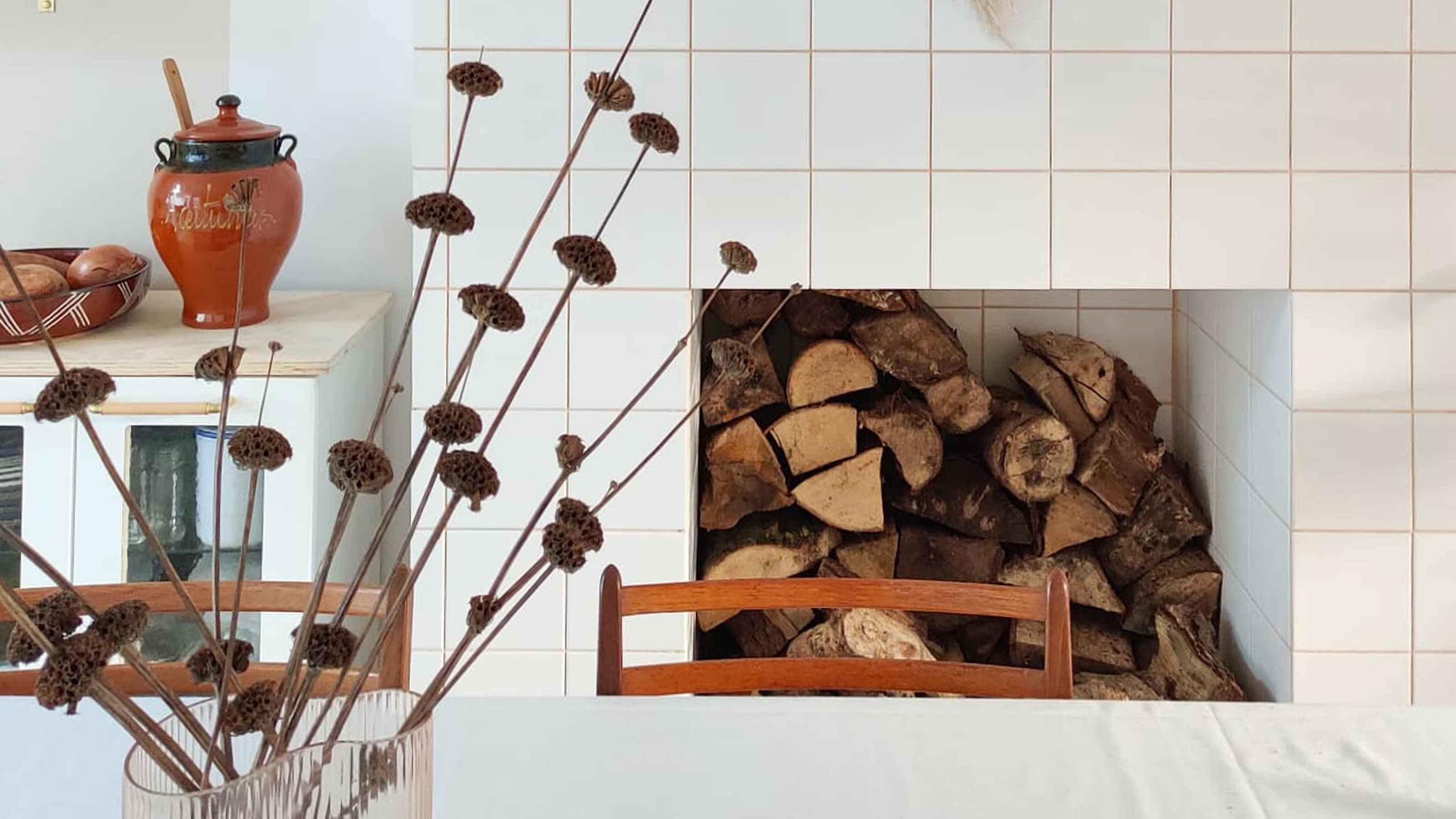 How to tile over a brick fireplace – An inexpensive DIY job with dramatic results
How to tile over a brick fireplace – An inexpensive DIY job with dramatic resultsDIY influencer Jo Lemos shares his method for how to tile over a brick fireplace wall, plus tips and advice he learned along the way.
By Jo Lemos
-
 How to choose paint to decorate a period home
How to choose paint to decorate a period homeBe inspired by historic paint shades to create an authentic colour scheme for a period home – or an elegant look for a contemporary one
By Pippa Blenkinsop